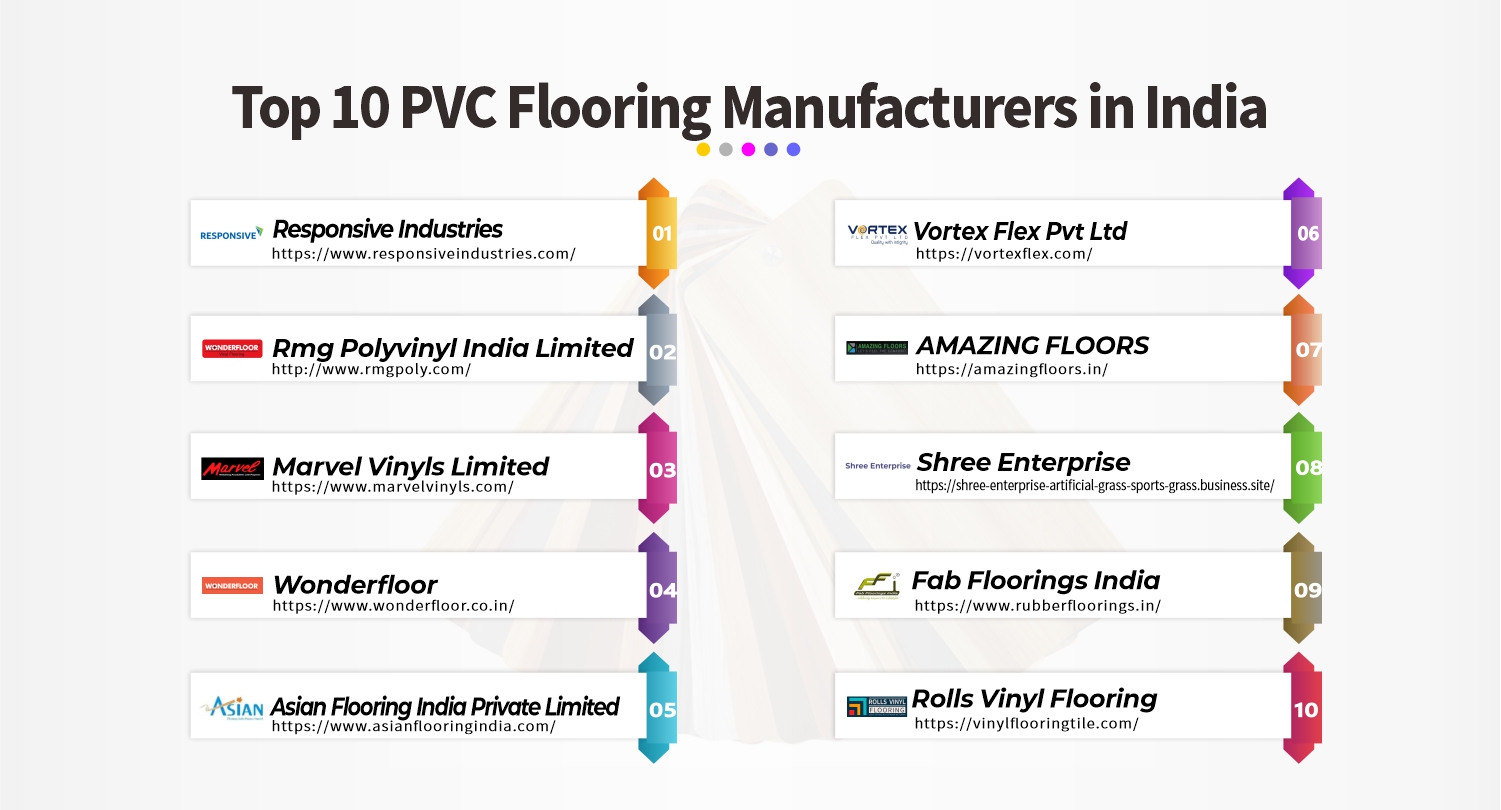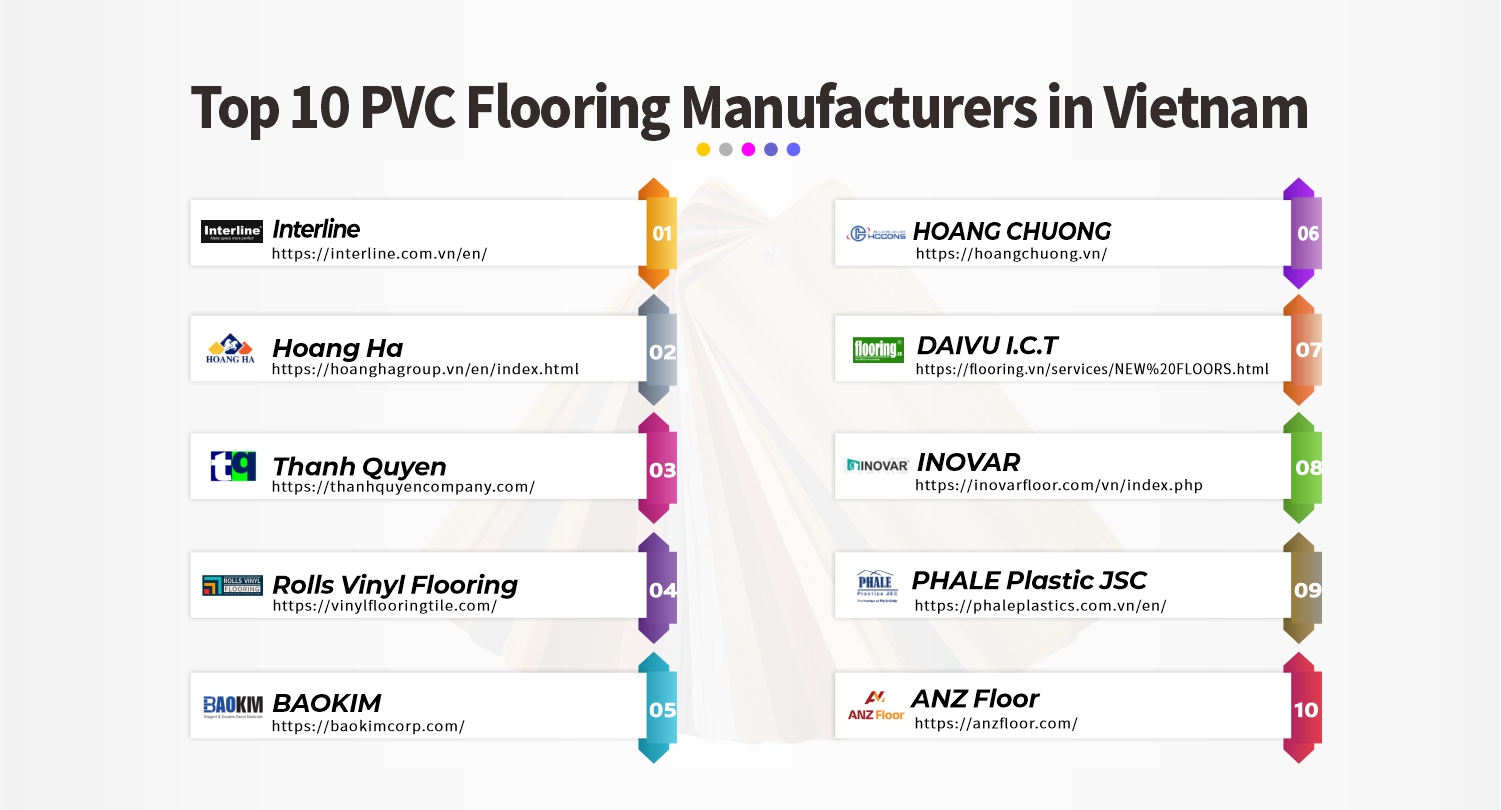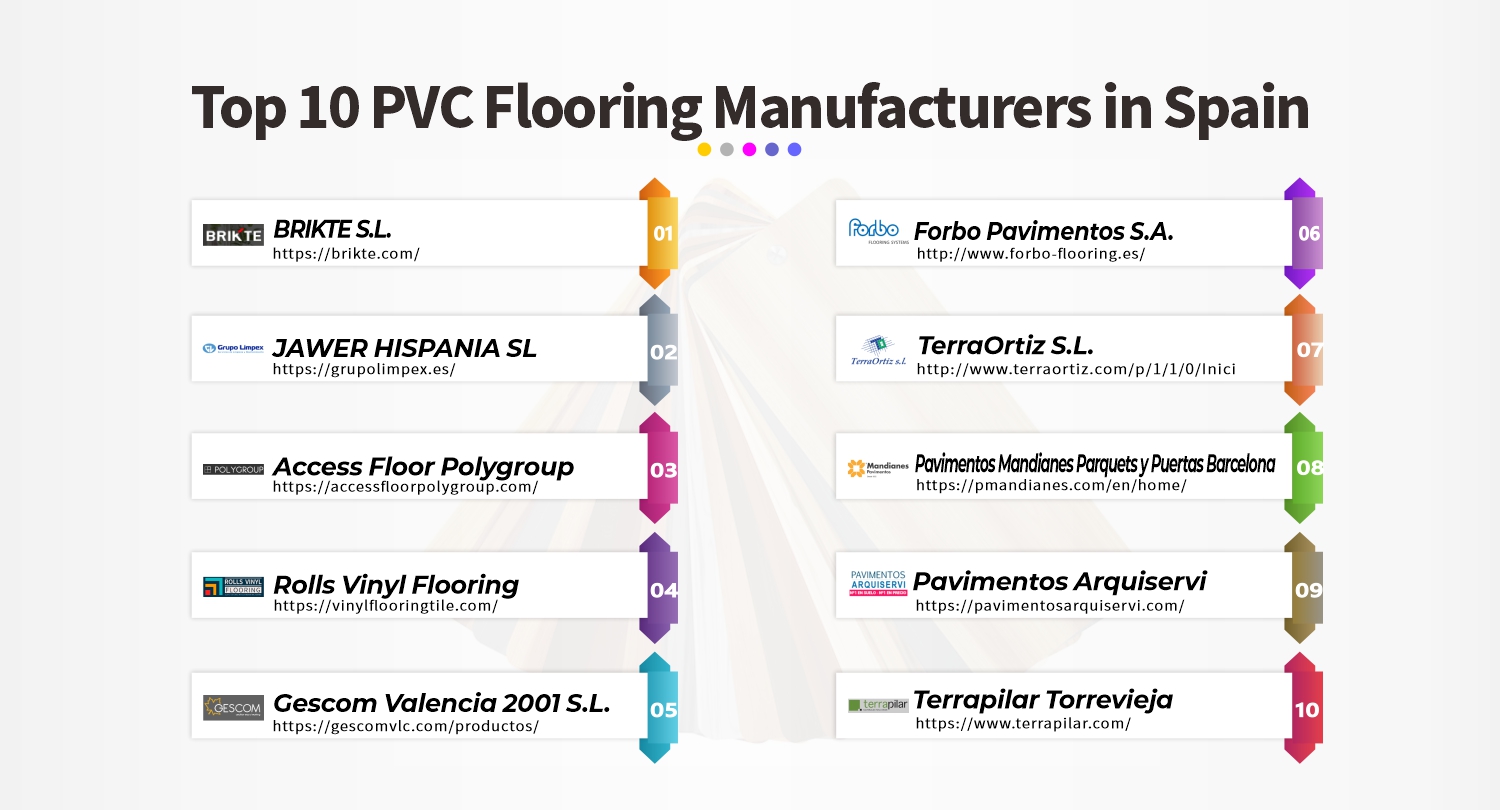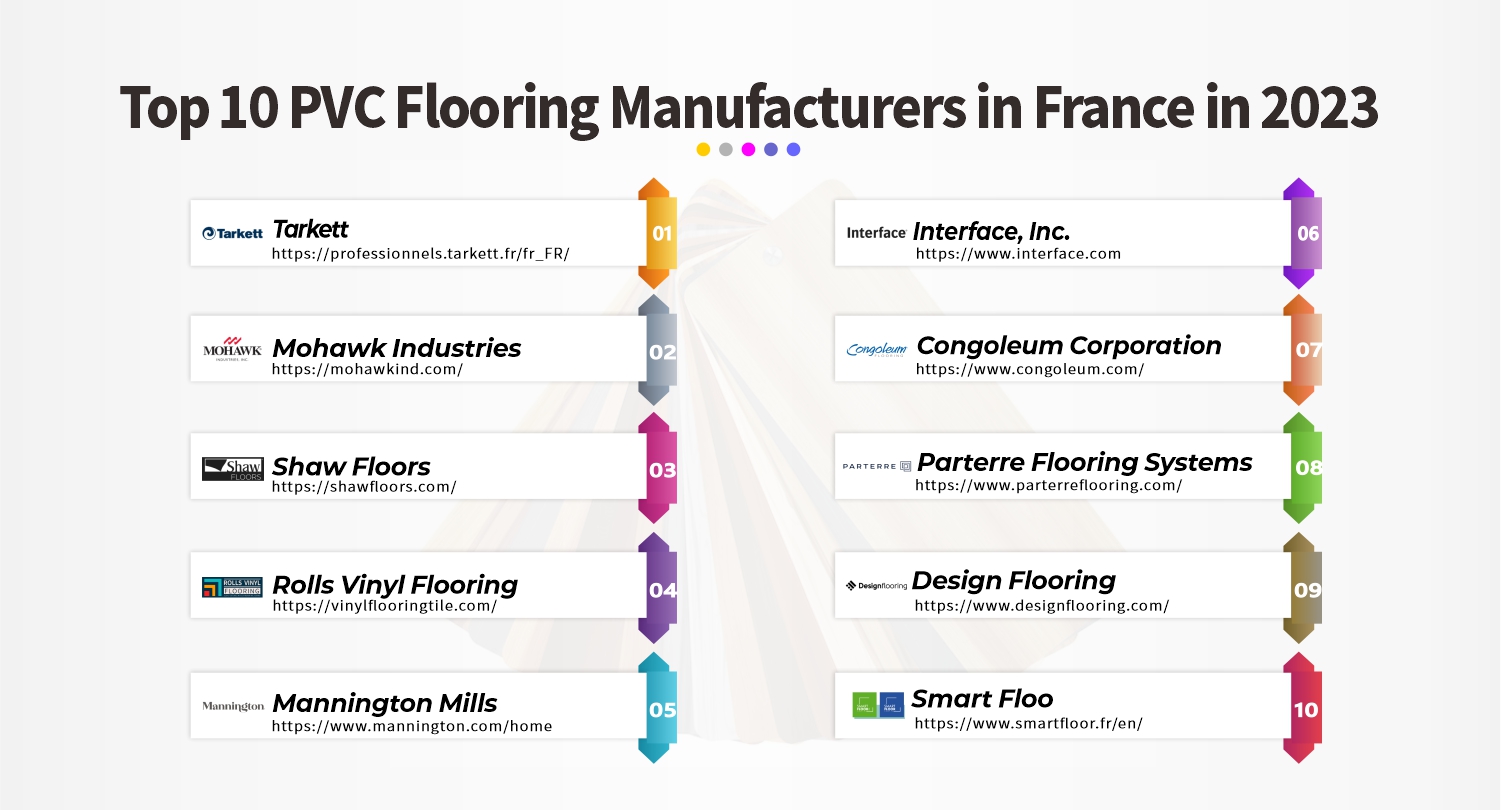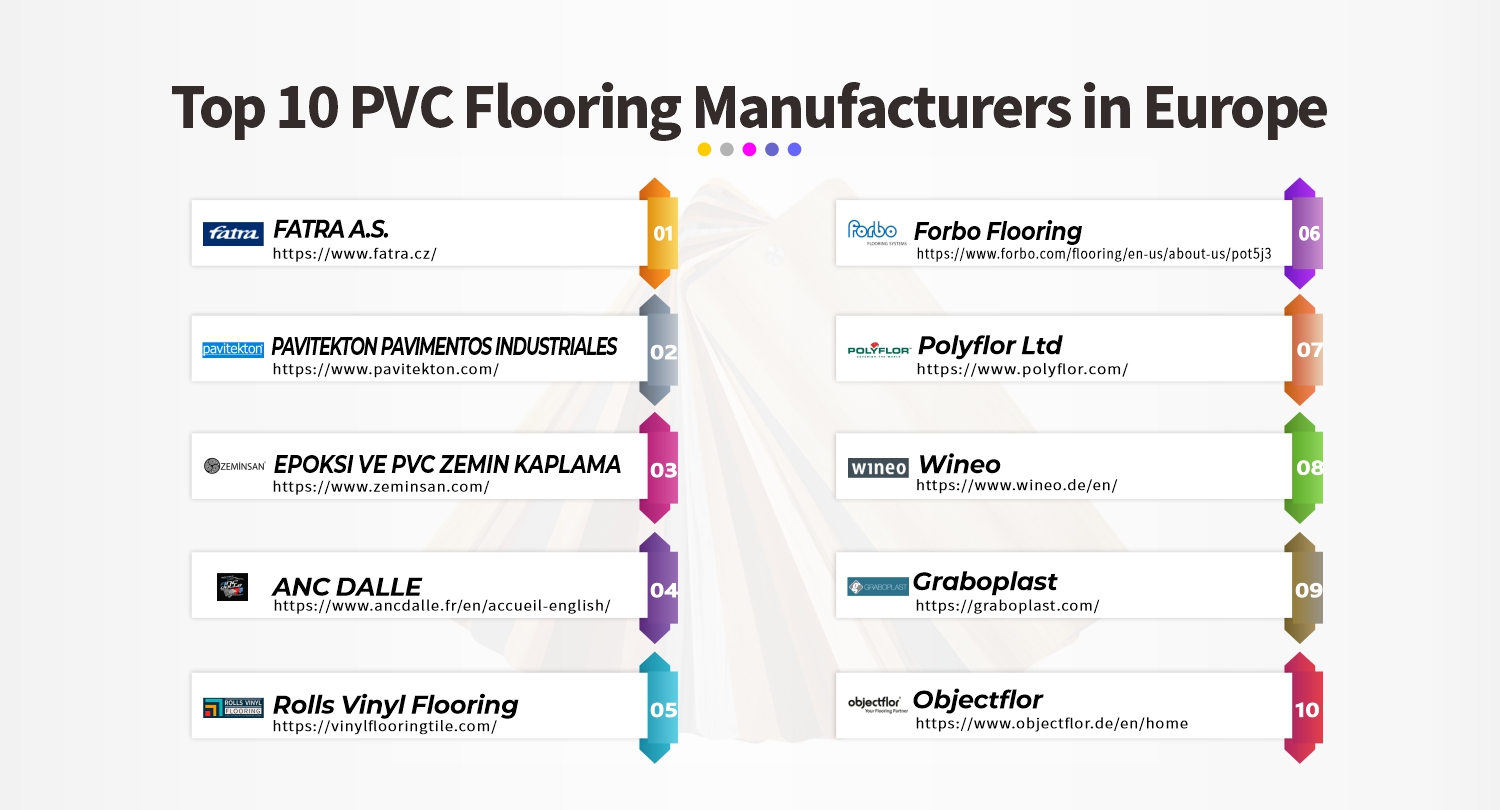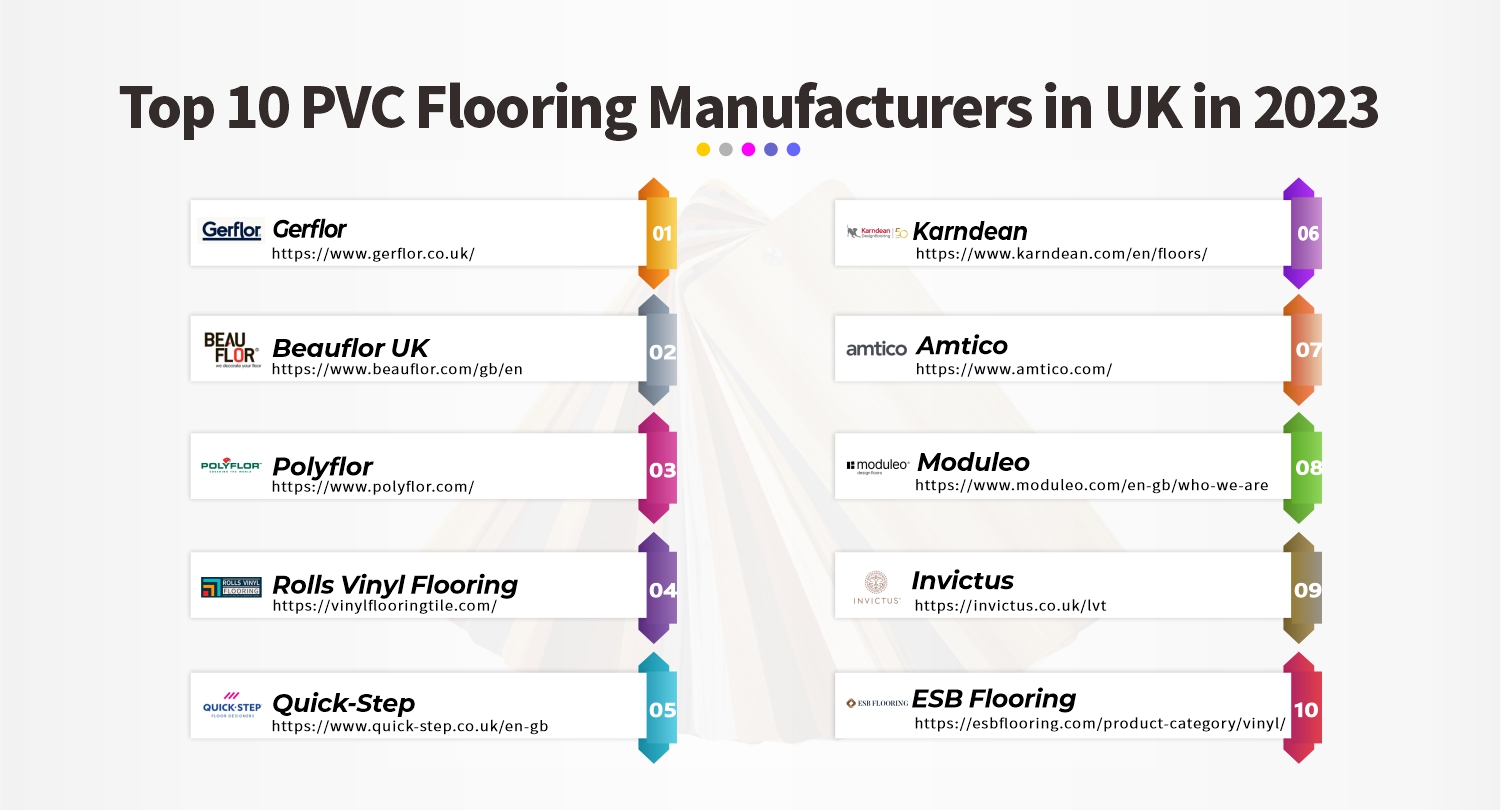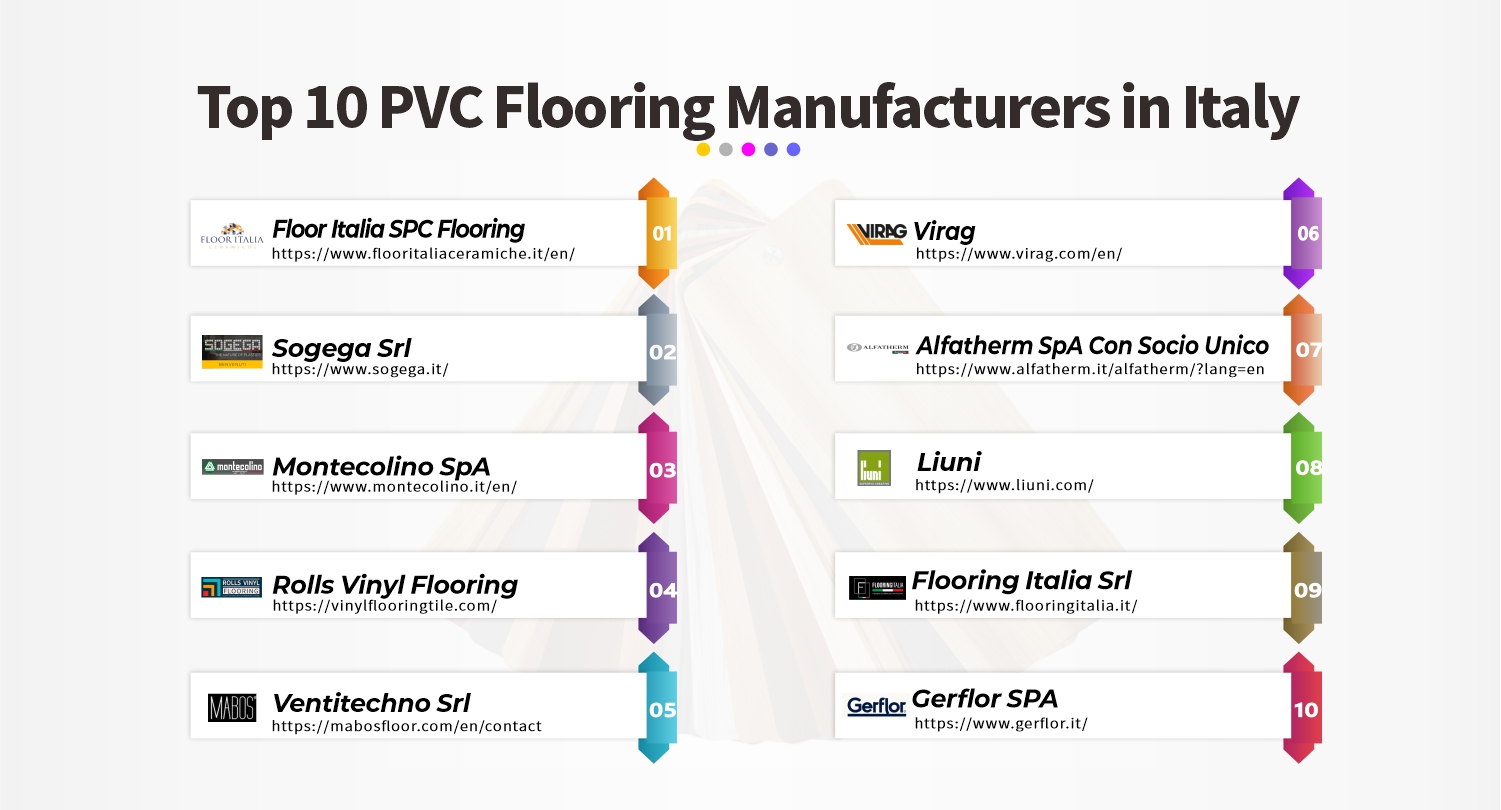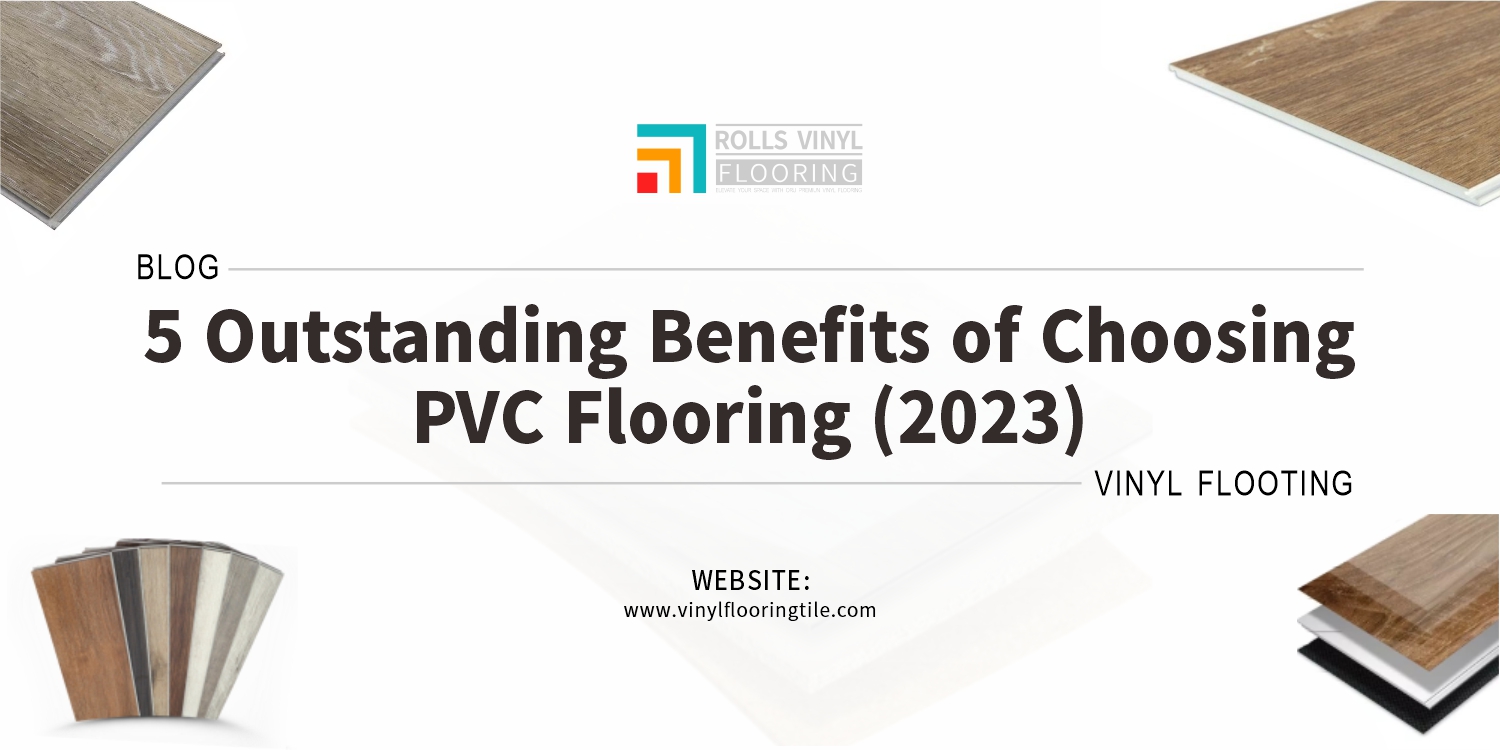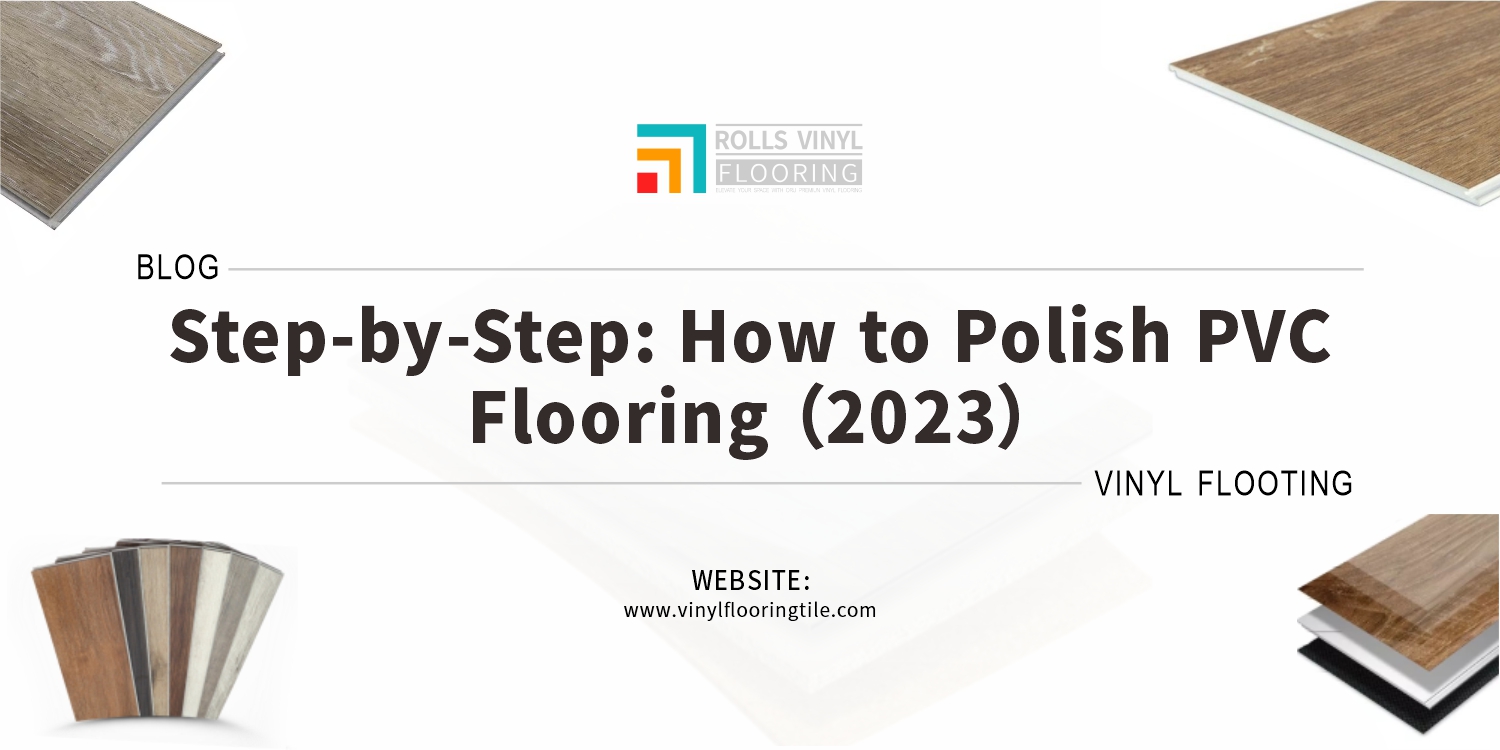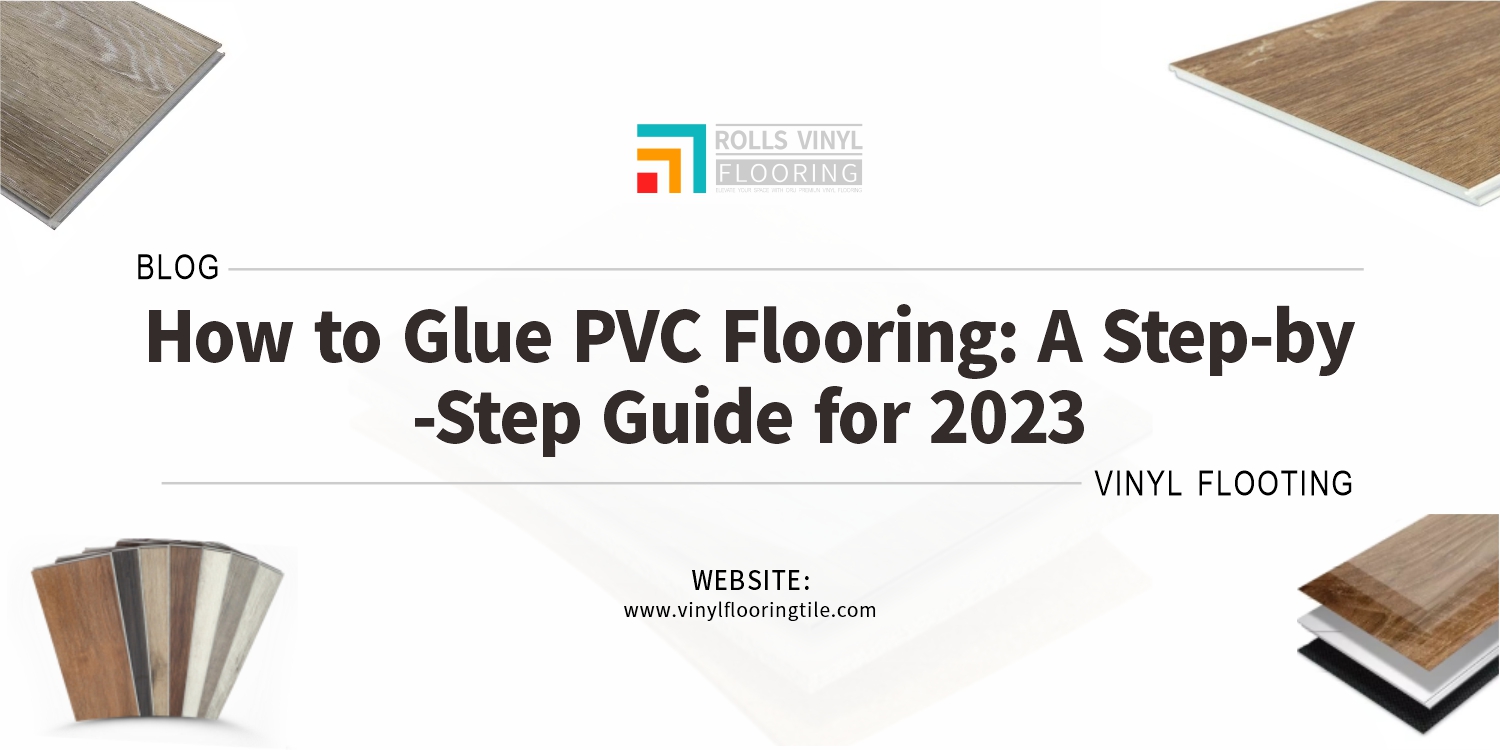If you want to update your property on a small budget, vinyl flooring is an option. But is it a wise financial move? This article will look at the advantages and disadvantages of vinyl flooring to help you decide if it is the right choice for your house.
Vinyl flooring is a sensible budgetary option for many people. Because it is inexpensive, sturdy, and easy to install, it is a great choice for people on a limited budget. Vinyl flooring is available in a variety of colors and patterns to fit both your home and your budget.
Get more about vinyl flooring, a practical option, including its low installation prices, customizability, ease of upkeep and cleaning, and durability.
What is vinyl flooring?

Vinyl flooring is a type of durable flooring that is often made from PVC (polyvinyl chloride) and plasticizers. It comes in a wide variety of forms and styles, including sheets, tiles, and planks, and may mimic the appearance of natural materials like wood, stone, or ceramic.
Because of its low cost, durability, and ease of maintenance, vinyl flooring is popular in both home and commercial settings. It is the ideal material for high-traffic areas like kitchens, bathrooms, and foyers because of its stain- and water resistance. It is possible to lay vinyl flooring using adhesive or floating, both of which are quite easy procedures.
| Vinyl Flooring Type | Material Price (per square foot) | Installation Difficulty |
|---|---|---|
| Luxury Vinyl Plank (LVP) | $2-$7 | Low |
| Luxury Vinyl Tile (LVT) | $2-$7 | Low |
| Vinyl Composition Tile (VCT) | $1-$3 | Medium |
| Sheet Vinyl (Cut-to-Length) | $1-$2 | Medium |
| Sheet Vinyl (Pre-Cut) | $1-$2 | Medium |
A budget-friendly option for vinyl flooring
Lower installation costs compared to other floor coverings
It is sometimes believed that vinyl is more cost-effective than other options since it is less expensive to install than other types of flooring. Here are a few causes for this:
- Installation options are many, making vinyl flooring a fairly straightforward installation for both adhesive and floating installs. This means that the installation process can be completed quickly and efficiently, reducing labor costs.
- Simplified preparation requirements: As long as the subfloor is clean, dry, and level, vinyl flooring may frequently be laid over pre-existing flooring. This eliminates the need for costly and time-consuming preparation work, such as removing old flooring or leveling the subfloor.
- Fewer tools required: Compared to other flooring materials, vinyl flooring requires fewer specialized tools for installation. This reduces the overall cost of installation, as well as the time required to complete the project.
Overall, vinyl flooring may be a desirable alternative for individuals on a budget or searching for a cheap solution to upgrade their house or place of business due to its lower installation costs.
Customizable to most budgets
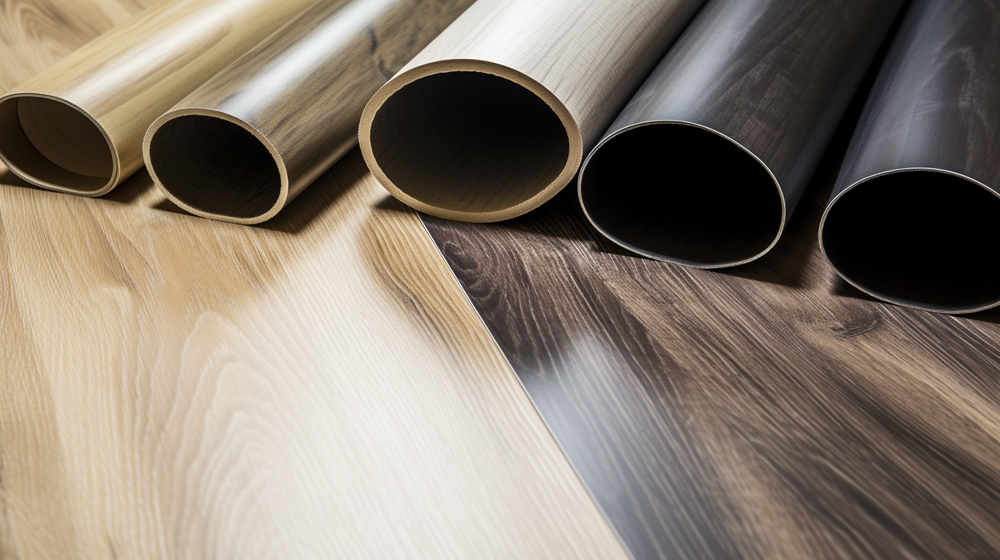
A. Color/Pattern Options Available in Different Types of Vinyl Floors
A wide range of color and pattern options are available for many types of vinyl flooring, including:
- Sheet vinyl: Sheet vinyl comes in a wide variety of hues and patterns, including solid hues, mottled patterns, and designs that resemble the appearance of real materials like wood, stone, and tile. The designs can be printed on the surface or embedded throughout the material, creating a more realistic look.
- Vinyl tiles: Vinyl tiles are available in many different colors, textures, and patterns, including natural stone and ceramic tile designs, as well as more abstract patterns and designs. They can be arranged in various layouts, such as checkerboard or herringbone, to create a unique and customized look.
- Wood-like planks in a variety of hues and grain patterns are among the various styles, colors, and finishes of luxury vinyl planks (LVP), which are a type of LVP flooring. Some LVP products also offer textured surfaces that mimic the feel of natural wood or stone.
- LVT flooring is similar to LVP in terms of color and pattern options, but it resembles actual stone or ceramic tiles. They come in a variety of forms and sizes, including modular and large-format tiles.
| Flooring Type | Pros | Cons |
|---|---|---|
| Vinyl Flooring | Durable, water-resistant, beautiful, easy to install, reasonable price | Not heat-resistant, prone to deformation, not eco-friendly, contains harmful substances |
| Solid Wood Flooring | Natural, high-end, durable, can be sanded repeatedly, increases home value | Prone to scratches, discoloration, moisture damage, not water-resistant, expensive |
| Engineered Wood Flooring | Imitates solid wood flooring, elegant and stylish, moderate price, easy to install, better water-resistance | Poor durability, cannot be sanded repeatedly, prone to moisture damage, contains formaldehyde |
| Tile Flooring | Durable, water-resistant, fire-resistant, stain-resistant, easy to clean, diverse | Cold, hard, brittle, difficult to install, high price |
| Carpet Flooring | Comfortable, warm, soundproof, absorbs dust, low price | Not water-resistant, stain-prone, breeds bacteria, hard to clean |
Vinyl flooring offers a wide range of color and pattern possibilities, enabling property owners and company owners to select the ideal floor to suit their aesthetic preferences and practical requirements.
B. Textures, Finishes, and Borders to Enhance the Look of the Room
Vinyl flooring may be utilized to improve the appearance of space with textures, coatings, and borders. These are some of the examples:
- Textures: Vinyl flooring can come in a range of textures, from smooth and glossy to rough and matte. Textured vinyl can add depth and interest to a space, and can also provide a non-slip surface. For example, wood-look vinyl planks can feature a textured surface that mimics the natural grain and texture of wood.
- Finishes: Vinyl flooring can also come in a range of finishes, such as high gloss, matte, or satin. A high gloss finish can create a sleek and modern look, while a matte finish can provide a more natural and organic feel. Satin finishes can provide a subtle shine that is more subdued than a high gloss finish.
- Borders: Borders can be used to add a decorative element to a room with vinyl flooring. For example, a tile-look vinyl floor can be bordered with a contrasting color or pattern to create a border effect. Borders can be used to delineate different areas of a space or to create a focal point.
- Inlays: Inlays can be used to create intricate patterns or designs within a vinyl floor. This can be a great way to add visual interest and texture to a space. Inlays can be made from the same vinyl material or can be a contrasting material, such as wood or metal.
Overall, textures, finishes, and borders can all be used to enhance the look of a room with vinyl flooring. By choosing the right combination of these elements, you can create a unique and personalized space that perfectly suits your style and needs.
Simple and straightforward cleaning and upkeep
The ease with which vinyl flooring may be cleaned and maintained is widely recognized. Here are some tips for maintaining the finest appearance for your vinyl floors:
- Sweep or vacuum frequently: Dirt, dust, and other debris may harm vinyl flooring, so keeping it clean is important. Regularly clearing away dirt and debris may help to avoid damage.
- Although vinyl flooring is water-resistant, spills should still be cleaned up as soon as possible to prevent damage or discoloration. As quickly as possible, wipe up spills with a wet cloth or mop.
- Employ a pH-neutral cleanser to avoid damaging or discoloring vinyl flooring. Vinyl flooring shouldn’t be cleaned with abrasive or strong chemicals. Use a pH-neutral cleanser made especially for vinyl flooring instead.
- It is still better to avoid using a lot of water while cleaning vinyl flooring even though it is water-resistant. The edges and seams of the vinyl might become damaged or warped if there is an excessive amount of moisture present.
- Avoid wearing footwear with sharp heels, place furniture cushions under heavy furniture, and use caution while moving large things to protect the floor from dents and scratches.
For those seeking a low-maintenance flooring option, vinyl flooring is an excellent selection because it is frequently simple to clean and maintain. With the proper maintenance, vinyl flooring may survive for many years and preserve its lovely appearance.
Long-lasting, durable surface that stands up to wear and tear
Vinyl flooring is recognized for its durability and resistance to wear and tear. Here are some factors that contribute to its durability:
- Wear layer: The vinyl flooring’s wear layer serves as a defense against dents, scratches, and stains. The wear layer’s thickness can vary, and thicker wear layers offer higher durability.
- Vinyl flooring is water-resistant, making it perfect for places with a lot of wetness, such as bathrooms and kitchens.
- Resilience: Vinyl flooring has a resilient surface that can bounce back from heavy impacts, making it less likely to crack or chip. It can also provide a softer surface underfoot, reducing the impact of falls and other accidents.
- If there is damage, vinyl flooring is very easy to repair. A few boards or tiles can be replaced instead of spending money on pricey repairs or rebuilding the entire floor.
- Vinyl flooring is stain and spill resistant, making it ideal for wet or accident-prone spaces like kitchens and dining rooms.
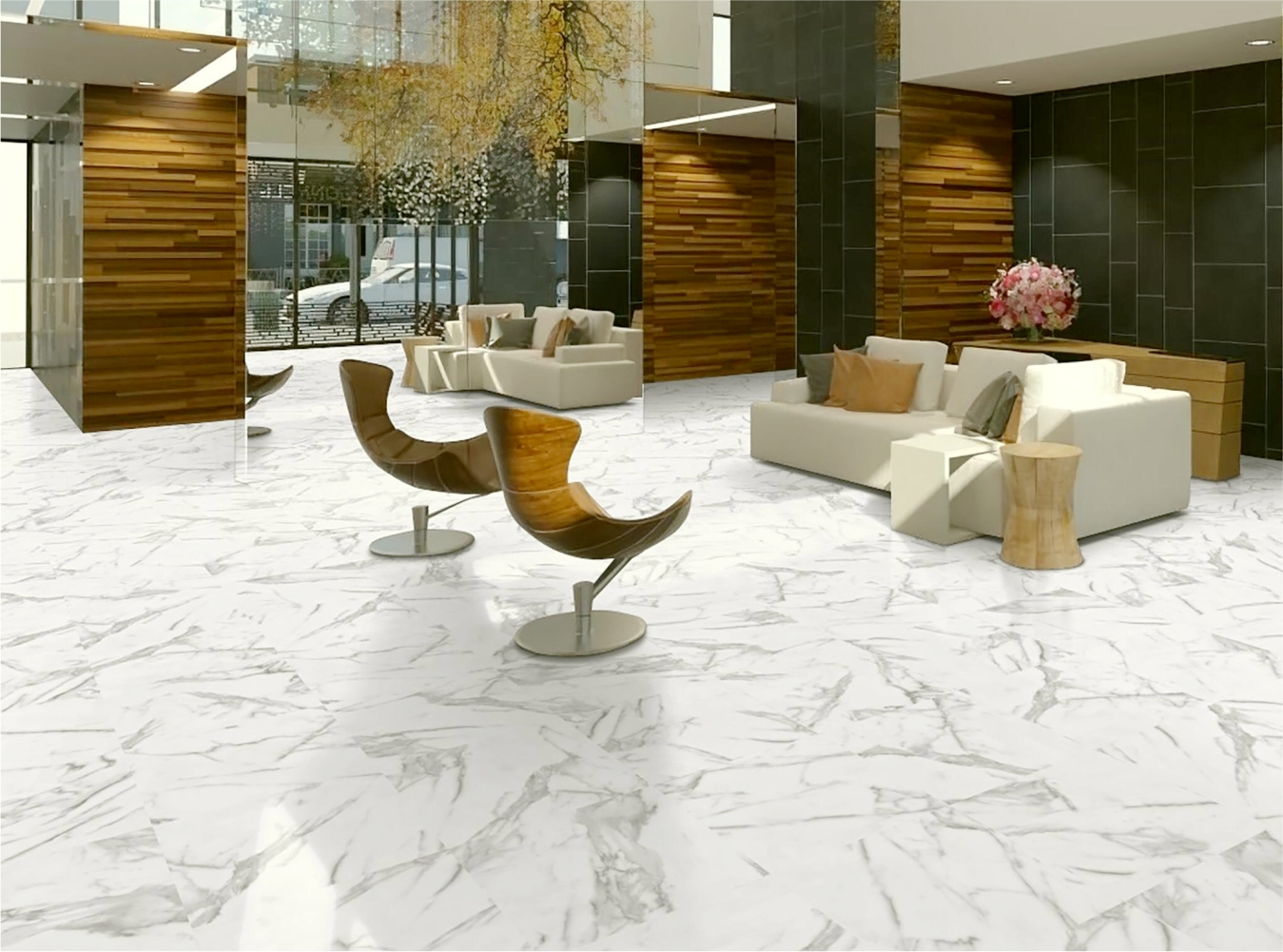
Vinyl flooring is a more affordable alternative when compared to other types of flooring. It comes in a variety of designs and colors, is simple to install, and requires little upkeep. It is a fantastic option for locations that could be exposed to dampness because it is strong and water-resistant. Vinyl flooring is a viable alternative for people seeking a cheap flooring material.


